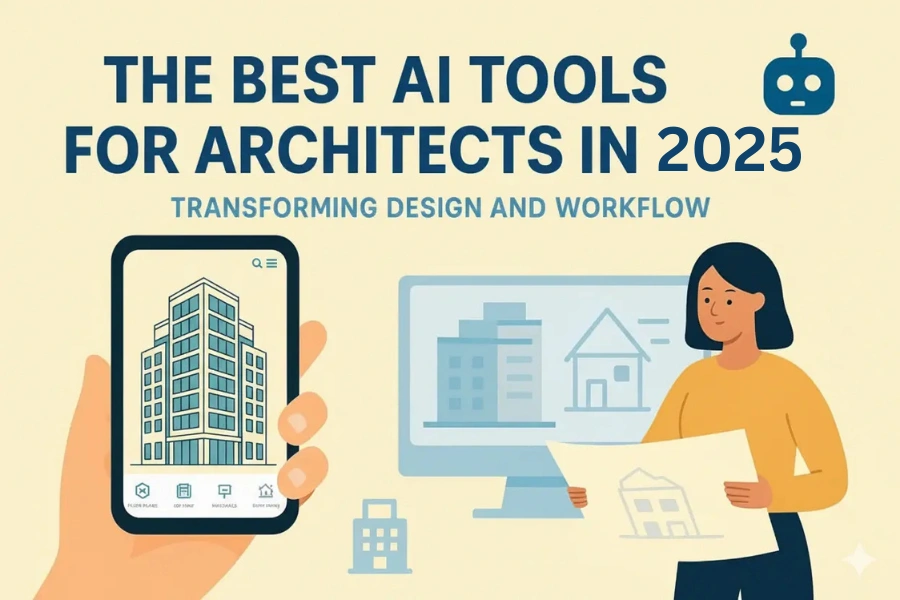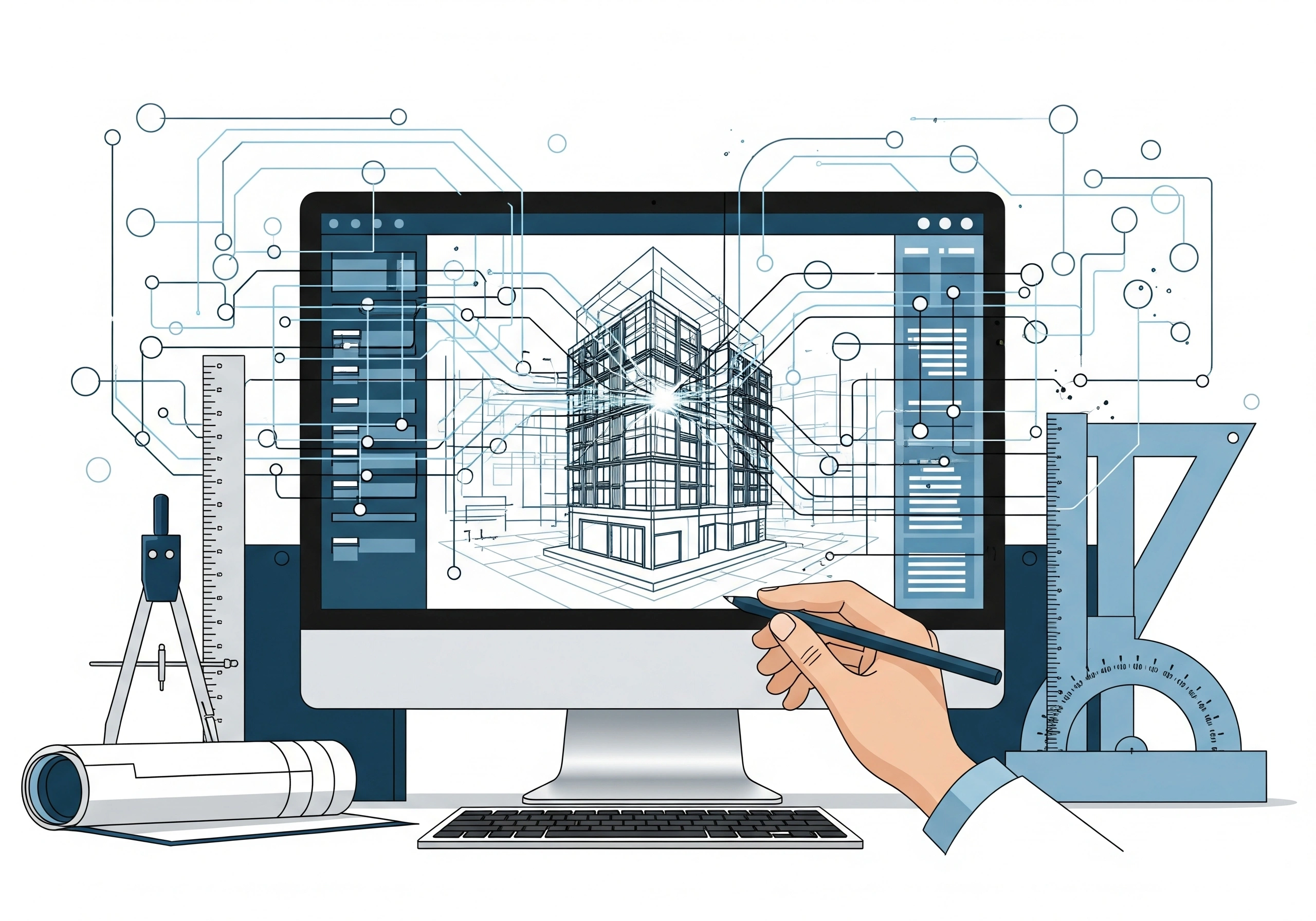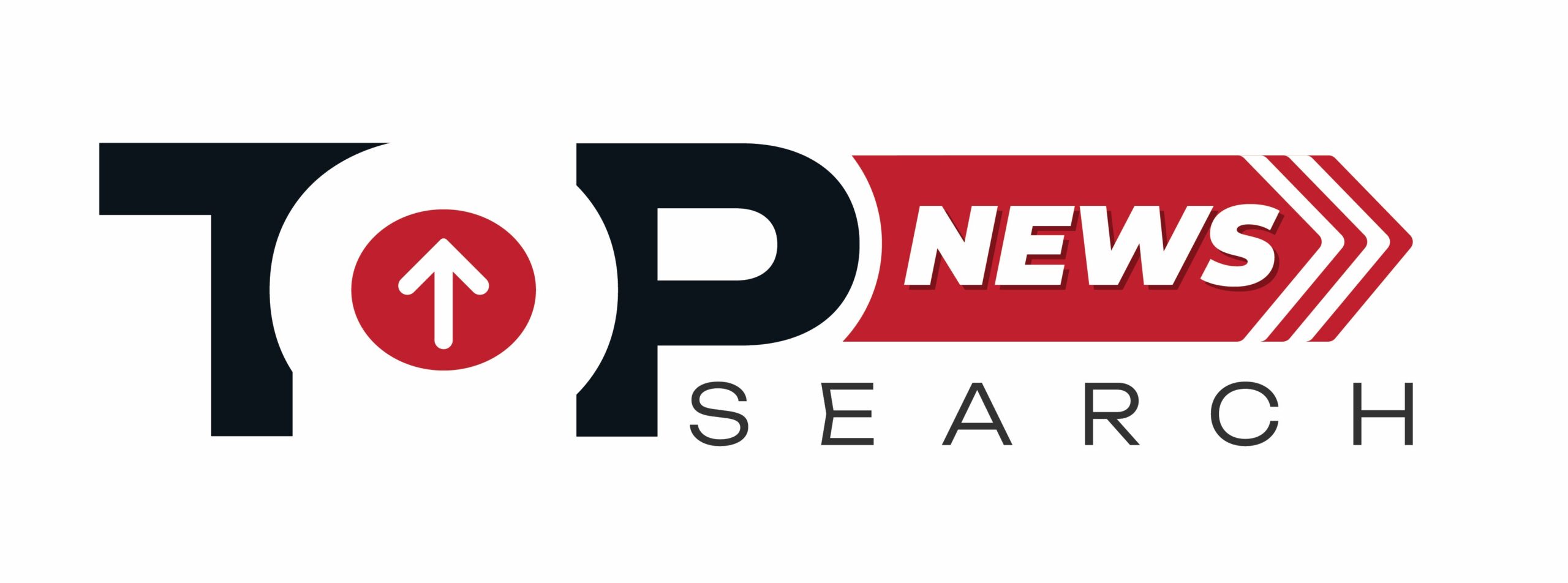- August 28, 2025
- Top Search
- 8:43 pm

Architecture is changing in a big way. In the past, architects spent long hours doing manual drafting, repeating the same tasks, and going through many rounds of corrections. But now, artificial intelligence (AI) is transforming the field.
Today, architects use AI as a helpful partner that boosts creativity, saves time, and makes new kinds of designs possible.
With tools for generative design, 3D modeling, project management, and rendering, AI has become a must-have in modern architecture. These tools not only speed up the work but also help architects try out bold ideas, build eco-friendly designs, and bring their imagination to life.
In this guide, we’ll look at the 14 best AI tools for architects in 2024 — from early design ideas to project management
.
Why AI Matters in Architecture
Architecture has always involved a lot of repetitive work — like drafting, making documents, and creating 3D models. AI helps by taking over these tasks, giving architects more time to focus on design.
AI also boosts creativity. With just a simple sketch or idea, AI tools can create realistic images, suggest many design options, and even test how eco-friendly a design will be before it’s built.
The result? Faster work, better decisions, and endless creativity.

Best AI Tools for Concept Design
1. Midjourney
Midjourney is among the most popular AI image-generation tools available today. Using written prompts, architects can quickly create photorealistic concept images that bring early ideas to life.
While it won’t replace professional visualizers yet, Midjourney is a powerful ally for developing conceptual narratives and communicating design intent to clients and stakeholders. It’s especially useful for experimental design and brainstorming sessions.
2. Adobe Firefly
Part of the Adobe Creative Suite, Adobe Firefly is still in development but already shows promise as a dynamic AI design companion. Firefly generates images, text effects, and visual content from simple text prompts, making it ideal for concept visualization and design exploration.
As Firefly matures, expect it to integrate seamlessly with tools like Photoshop and Illustrator — streamlining the creative workflow for architects who already rely on Adobe products.
Best AI Tool for Generating Design Alternatives
3. Maket
Maket.ai gives architects the ability to explore multiple tailored design options quickly, based on site conditions, client requirements, and spatial restrictions. Instead of producing just a few alternatives, architects can now deliver a broad range of bespoke concepts that inspire creativity and unlock new directions for design.
By handling the heavy lifting of option generation, Maket frees up time and allows architects to focus on client relationships and creative refinement.
Best AI Tool for Residential Planning
4. ARCHITEChTURES
ARCHITEChTURES is a powerful AI platform that streamlines residential planning and design. It analyzes site conditions, climate, budget, and client needs to generate design options that balance form, function, and sustainability.
From room layouts to material selections, ARCHITEChTURES automates repetitive planning tasks, allowing architects to focus on innovation while maintaining efficiency and accuracy.
Best AI Tool for Schematic Designs
5. ARK
ARK specializes in creating schematic design packs with incredible speed. Its AI engine generates compliant design variations while accounting for local regulations. For architects and developers, ARK is a valuable tool to optimize time, cost, and quality in early-stage project planning.
Best AI Tool for Urban Planning
6. Sidewalk Labs
Developed by Alphabet (Google’s parent company), Sidewalk Labs integrates AI, machine learning, and sensor technologies to tackle urban inefficiencies. It supports architects and urban planners in optimizing building performance, managing traffic patterns, and improving sustainability.
Already tested in cities like Toronto, New York, and Singapore, Sidewalk Labs represents the future of data-driven, sustainable city planning.
Best AI Tools for 3D Modeling
7. Kaedim
Kaedim converts 2D sketches into 3D models using AI, GANs, and natural language processing. Architects can quickly iterate on ideas, visualize design options, and present accurate 3D models to clients.
It’s also a vital tool for ensuring precision during construction documentation.
8. Sloyd.AI
Sloyd.AI is a cloud-based 3D modeling platform that delivers high-quality, detailed models in less time. It allows architects to create immersive presentations for clients and simplifies construction documentation with precise digital representations.
Best AI Tool for Renovation Projects
9. Luma AI
Luma AI uses AI-driven 3D scanning and modeling to capture existing structures and generate accurate virtual twins. This makes it invaluable for renovation and restoration projects, enabling architects to visualize modifications before construction and ensure compatibility with existing conditions.
Best AI Tool for Building Information Modeling (BIM)
10. BricsCAD
BricsCAD combines the power of AI with BIM workflows. It automates repetitive drafting tasks, translates 2D sketches into 3D models, and provides real-time visualization for faster decision-making.
Its generative design features also allow architects to explore multiple 3D building concepts based on defined parameters. Collaboration tools ensure architects, engineers, and contractors stay aligned throughout the project lifecycle.
Best AI Tools for Rendering
11. ArkoAI
ArkoAI is a cloud-based rendering platform that produces photorealistic renders in minutes. Compatible with SketchUp, Revit, and Rhino, it streamlines visualization workflows and saves architects hours of rendering time.
12. Veras
Veras by EvolveLAB is an AI rendering tool integrated with SketchUp. It generates realistic images from 3D model geometry using text prompts, allowing architects to explore design variations rapidly and refine visual communication.
Best AI Tool for Sustainable Design
13. Autodesk Forma
Autodesk Forma helps architects design sustainable and livable cities. It uses AI simulations to analyze how design decisions affect energy use, air quality, and traffic flow.
Forma integrates with AutoCAD and Revit, making it a valuable sustainability companion for firms focused on climate-conscious design.
Best AI Tool for Project Management
14. ClickUp
ClickUp may not be exclusive to architecture, but it has become an essential AI-powered project management platform. It centralizes task management, deadlines, communication, and collaboration. For design firms juggling multiple projects, ClickUp helps maintain workflow efficiency and client transparency.
FAQs!
Q1. How is AI used in architecture?
AI helps architects by automating repetitive tasks like drafting, modeling, and rendering. It also generates design ideas, analyzes sustainability, and improves project management.
Q2. Can AI replace architects?
No. AI supports architects but does not replace them. It handles routine work and gives new ideas, while architects bring creativity, judgment, and human understanding.
Q3. What are the benefits of AI for architects?
Saves time on repetitive work
Creates multiple design options quickly
Improves accuracy and compliance with rules
Supports sustainable design decisions
Enhances client communication with visuals


